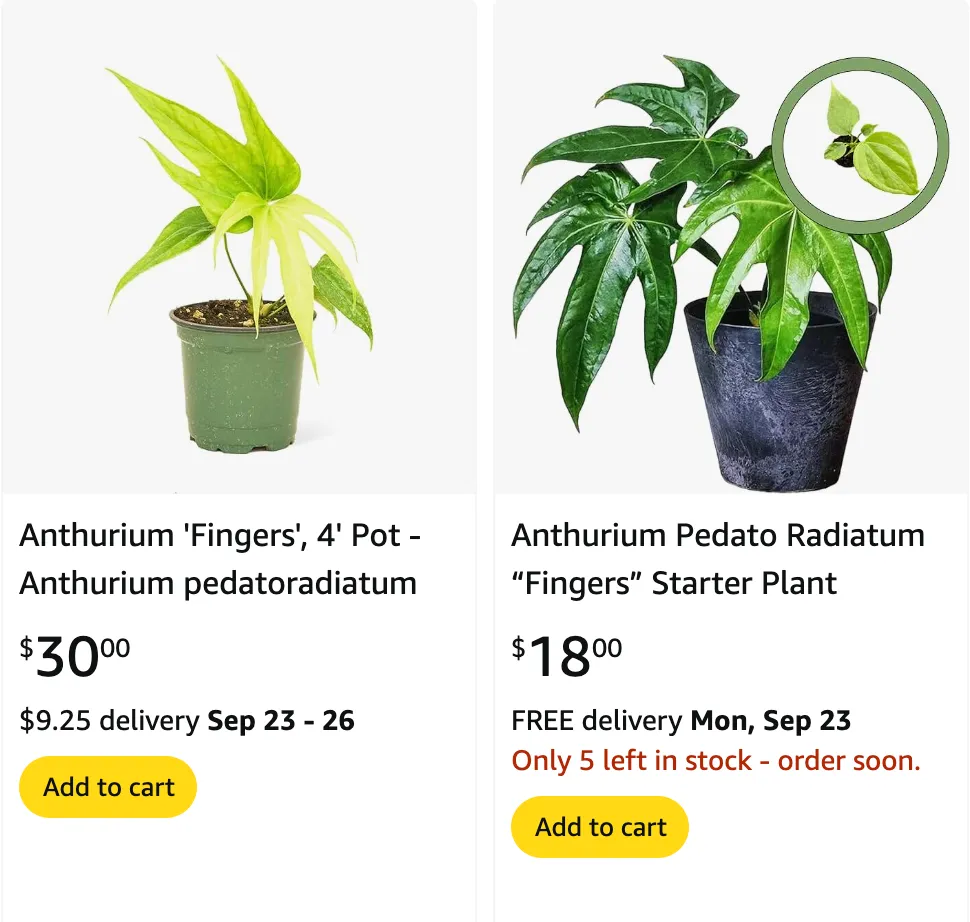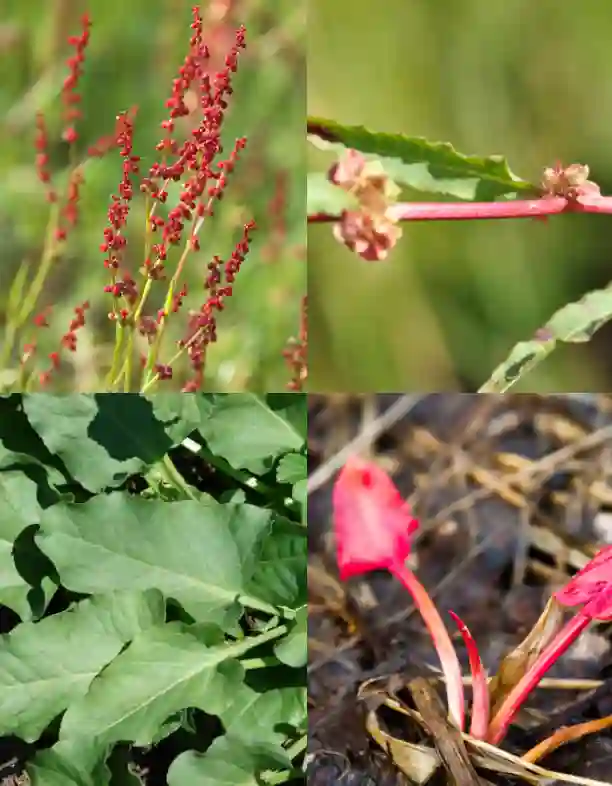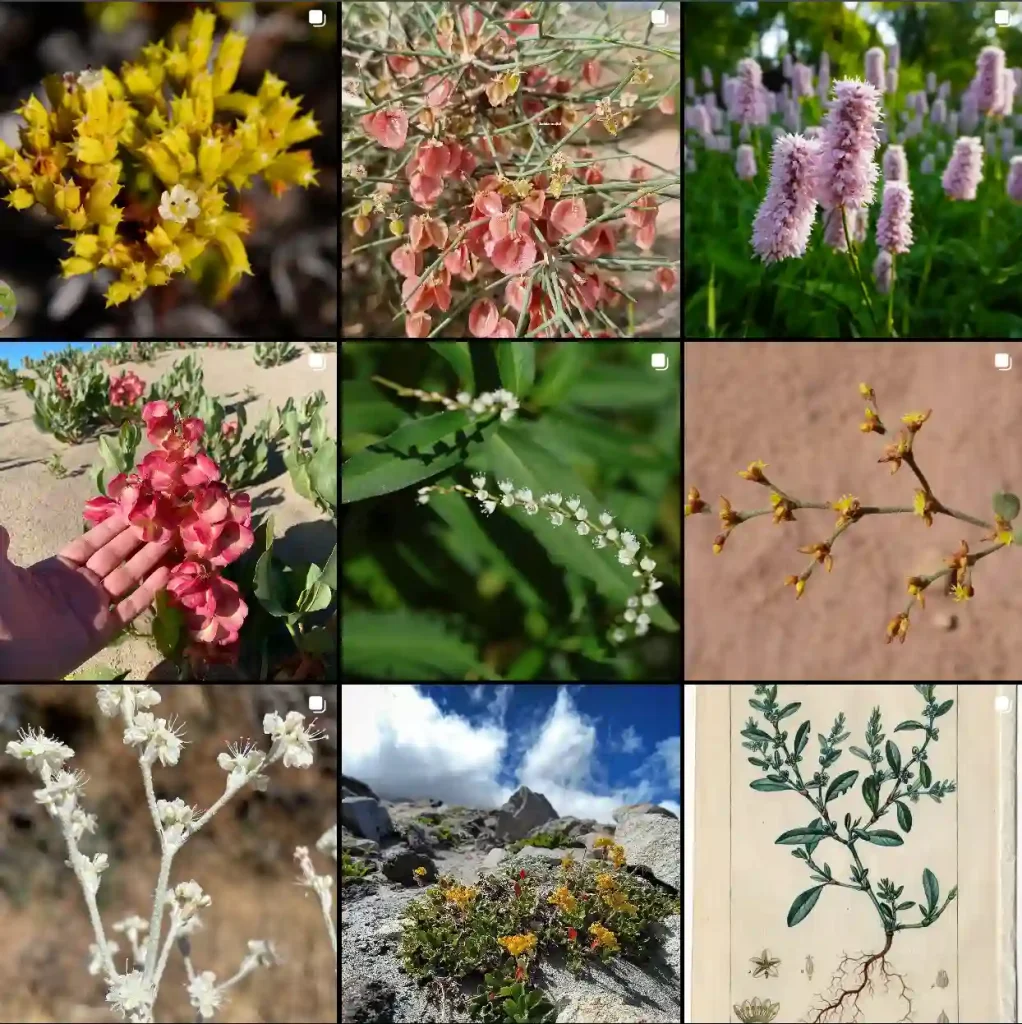
Anthurium Pedatoradiatum: Frequently Asked Questions
Anthurium Pedatoradiatum, often admired for its unique foliage and ease of care, is a fascinating plant for both novice and experienced plant enthusiasts. Here’s a deep dive into the most frequently asked questions about this striking species.
1327 Species in Genus Anthurium
What is Anthurium Pedatoradiatum?
Anthurium Pedatoradiatum is a type of flowering plant in the Araceae family. It’s renowned for its distinctive, deeply lobed leaves, which resemble the shape of a bird’s foot. Native to the tropical rainforests of Central America, this plant thrives in warm, humid environments. Its foliage can add a dramatic touch to any indoor garden, making it a favorite among plant collectors.
How to Care for Anthurium Pedatoradiatum?
Light Requirements: Anthurium Pedatoradiatum prefers bright, indirect light. Direct sunlight can scorch its leaves, so place it near a north or east-facing window where it will receive filtered light.
Watering: Keep the soil consistently moist, but not soggy. Water the plant when the top inch of soil feels dry. Avoid letting the plant sit in water to prevent root rot.
Humidity: This plant thrives in high humidity. If you live in a dry area, consider using a humidifier or placing the plant on a tray of water and pebbles to maintain moisture around the leaves.
Temperature: Maintain a temperature range of 65-85°F (18-29°C). Avoid placing the plant in drafty areas or near air conditioning vents, as it prefers a stable environment.
Soil: Use a well-draining potting mix. A blend of peat moss, perlite, and pine bark works well. This helps prevent waterlogging and supports healthy root development.
How to Propagate Anthurium Pedatoradiatum?
Division: The most common method for propagating Anthurium Pedatoradiatum is by division. When repotting, gently separate the plant into smaller sections, ensuring each has a portion of roots. Replant these sections into individual pots with fresh soil.
Stem Cuttings: Another method is taking stem cuttings. Cut a healthy stem with several leaves and nodes. Dip the cut end in rooting hormone and plant it in a moist, well-draining mix. Cover the pot with a plastic bag or a clear plastic dome to maintain humidity until roots develop.
What to Plant With Anthurium Pedatoradiatum?
Anthurium Pedatoradiatum pairs well with other tropical plants that have similar care requirements. Consider grouping it with:
Philodendron: Varieties like Philodendron Monstera or Philodendron Brasil complement the Anthurium’s dramatic foliage and thrive in similar conditions.
Pothos: With its trailing vines and low-maintenance nature, Pothos adds a contrasting texture that enhances the Anthurium’s appearance.
Bird’s Nest Fern: The soft, frilly leaves of this fern create a lovely contrast with the bold, jagged leaves of the Anthurium.
Is Anthurium Pedatoradiatum Toxic?
Yes, Anthurium Pedatoradiatum is toxic if ingested. It contains calcium oxalate crystals, which can cause irritation to the mouth and digestive tract. Keep this plant away from pets and small children who might be tempted to chew on the leaves.
Benefits of Anthurium Pedatoradiatum
Aesthetic Appeal: Its unique leaf shape and vibrant green color make it a standout feature in any indoor garden.
Air Purification: Like many houseplants, Anthurium Pedatoradiatum can help improve indoor air quality by filtering pollutants and increasing humidity.
Low Maintenance: For a tropical plant, it’s relatively easy to care for, making it suitable for busy individuals or those new to plant care.
Common Problems with Anthurium Pedatoradiatum
Yellow Leaves: This can indicate overwatering or poor drainage. Ensure the soil is well-draining and adjust your watering routine accordingly.
Brown Leaf Tips: Low humidity or underwatering may cause leaf tips to turn brown. Increase humidity or adjust your watering schedule to address this issue.
Pests: Watch out for common pests like spider mites and aphids. Regularly inspect the plant and treat any infestations with insecticidal soap or neem oil.
Compare with Other Similar Plants
Anthurium Clarinervium vs. Anthurium Pedatoradiatum: While both belong to the Anthurium genus, Anthurium Clarinervium has heart-shaped leaves with prominent white veins, whereas Anthurium Pedatoradiatum features deeply lobed, bird-foot-like leaves.
Philodendron vs. Anthurium: Both plants share similar care requirements, but Philodendrons generally have broader leaves and a different growth habit compared to the more intricate foliage of Anthurium Pedatoradiatum.
Conclusion
Caring for an Anthurium Pedatoradiatum can be a rewarding experience, thanks to its striking appearance and relatively straightforward care needs. By providing the right environment, you can enjoy its beauty and benefits while avoiding common pitfalls. Whether you’re adding it to your collection or considering it as a gift, this plant is sure to impress with its unique charm and ease of maintenance.
If i die, water my plants!



